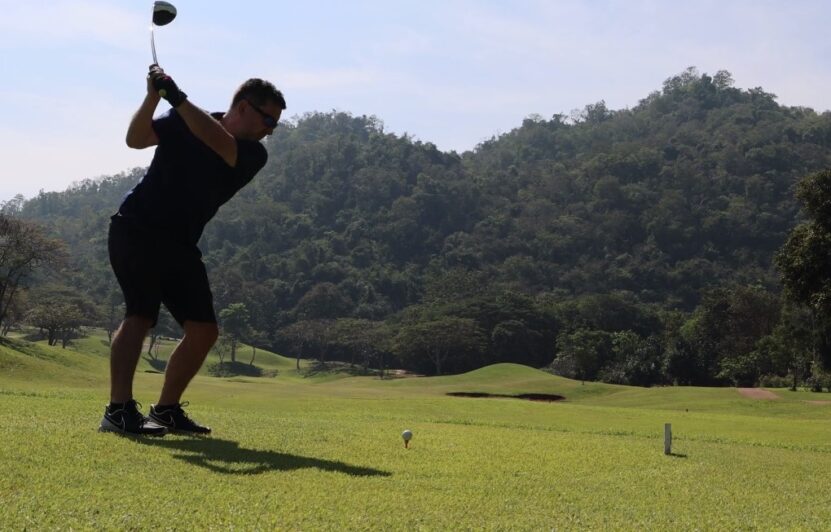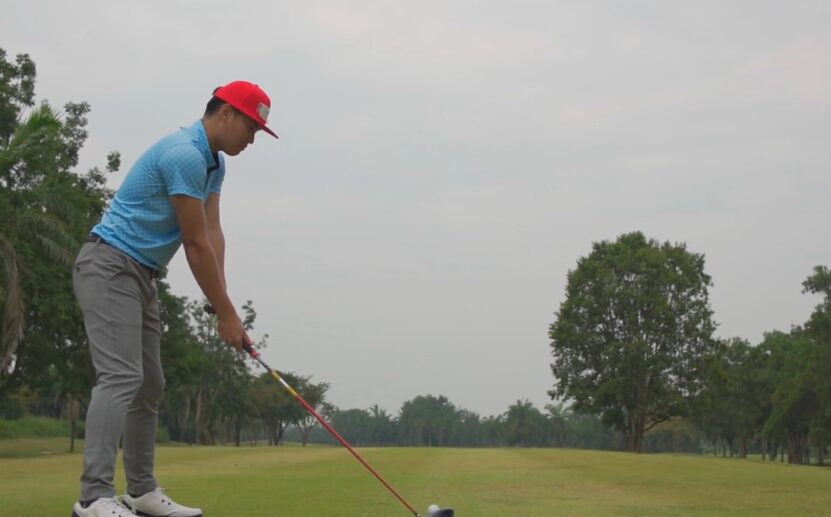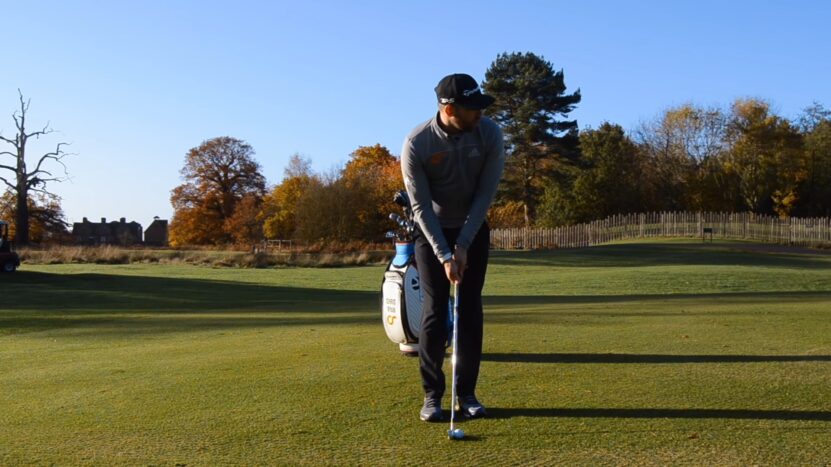For anyone who has ever picked up a golf club, the battle of the perfect shot is an ongoing pursuit. One of the most significant decisions golfers face is whether to play a draw or a fade. While both shots have their advantages and challenges, understanding their differences and mastering their techniques can ultimately take your game to new heights. In this comprehensive guide, we’ll explore the intricacies of draw vs. fade, offering insights into their definitions, the mechanics behind each shot, and tips for achieving the perfect balance on the golf course.
Understanding the Basics
Before diving into the specifics, let’s establish a clear understanding of what draw and fade mean in golf.
A draw shot refers to a controlled shot that curves gently from right to left for a right-handed golfer (or left to right for a left-handed golfer). This shot is typically preferred by golfers who want to achieve greater distance and a more penetrating ball flight.
On the other hand, a fade shot describes a controlled shot that curves gently from left to right for a right-handed golfer (or right to left for a left-handed golfer). This shot is known for its higher trajectory, softer landing, and increased control, making it ideal for approaching shots into tight greens.
The Physics Behind the Shots
The curvature of a golf ball in flight is determined by the combination of the clubface angle and the swing path at the point of impact. The relationship between these two factors gives rise to what is known as the “D-Plane.” To achieve a draw or fade shot, golfers must manipulate the D-Plane by adjusting their clubface angle and swing path.
For a draw shot, the clubface should be slightly closed (pointing left of the target for a right-handed golfer) relative to the swing path. This creates a counter-clockwise spin on the ball, causing it to curve right-to-left in the air.
Conversely, for a fade shot, the clubface should be slightly open (pointing right of the target for a right-handed golfer) relative to the swing path. This imparts a clockwise spin on the ball, resulting in a left-to-right curve.
If you’re curious about the time it takes to complete a full round of golf, Sunset Bay Golf Course has provided some helpful information on its website.
The Advantages and Disadvantages of Draw and Fade

Each shot type offers unique benefits and drawbacks. Understanding these can help you make informed decisions on the course.
Draw Advantages:
- Increased distance due to a lower, more penetrating ball flight
- Ability to avoid obstacles and navigate dogleg holes
- Greater roll-out upon landing, providing extra yardage
Draw Disadvantages:
- Less control, making it challenging to stop the ball quickly on firm or fast greens
- More susceptibility to wind, as the lower ball flight may be affected by gusts
Fade Advantages:
- Enhanced control, with a higher trajectory and softer landing
- Easier shot shaping, allowing for more creativity around the course
- Less roll-out, making it ideal for stopping the ball on elevated or sloping greens
Fade Disadvantages:
- Reduced distance compared to draw shots
- More challenging to execute consistently, as it requires precise clubface and swing path control
Mastering the Draw Shot: Tips and Techniques
To perfect your draw shot, follow these tips and techniques:
1. Strengthen your grip
For a right-handed golfer, rotate your left hand slightly clockwise and your right hand slightly counterclockwise, ensuring both ‘Vs’ created by your thumb and forefinger point towards your right shoulder. This promotes a closed clubface at impact, encouraging a draw.
2. Adjust your stance
Position your feet, hips, and shoulders parallel to the target line, with your right foot slightly back. This alignment encourages an in-to-out swing path, which is essential for creating a draw.
3. Focus on your takeaway
Begin your backswing by moving the clubhead low and slow along the target line, ensuring the clubface remains square. This sets up a smooth transition into the downswing.
4. Shift your weight
During the downswing, shift your weight from your back foot to your front foot, maintaining an in-to-out swing path. This promotes a right-to-left ball flight.
5. Finish strong
As you follow through, allow the clubface to rotate naturally, ensuring your right shoulder moves toward the target. This helps maintain the drawn shape throughout the shot.
Mastering the Fade Shot: Tips and Techniques
To hone your fade shot, consider these tips and techniques:
- Weaken your grip: For a right-handed golfer, rotate your left hand slightly counterclockwise and your right hand slightly clockwise, directing both ‘Vs’ towards your left shoulder. This encourages an open clubface at impact, resulting in a fade.
- Modify your stance: Align your feet, hips, and shoulders slightly left of the target, with your left foot slightly back. This setup promotes an out-to-in swing path, which is essential for creating a fade.
- Pay attention to your takeaway: Start your backswing with a slightly steeper angle, ensuring the clubface remains square. This helps set up a proper downswing for a fade.
- Control your weight shift: During the downswing, shift your weight more gradually from your back foot to your front foot, maintaining an out-to-in swing path. This generates a left-to-right ball flight.
- Complete your follow-through: Finish your swing with a high, controlled follow-through, keeping your right shoulder moving toward the target. This ensures the fade shape is maintained throughout the shot.
For those wondering about the duration of a standard round of golf, our website has a useful resource on their site that breaks it down for you.
Choosing the Right Shot for You

Selecting between a draw and a fade ultimately depends on your personal preferences, the course layout, and the specific situation. Consider the following factors when making your decision:
- Your natural shot shape: Some golfers have a natural tendency to hit either a draw or a fade. It’s crucial to know your tendencies and work with them rather than against them.
- Course layout: Pay attention to the course layout, including doglegs, hazards, and green conditions. Choose the shot that best navigates these challenges.
- Wind conditions: Wind can significantly influence your ball flight. Use a draw or fade to work with the wind rather than fighting against it.
- Pin placement: Consider the position of the pin on the green. Select the shot that offers the best approach angle and control.
Final Words
Mastering both the draw and the fade shots can significantly elevate your golf game, providing you with versatility and control in various situations. By understanding the differences between these shots and applying the tips and techniques outlined in this guide, you’ll be well on your way to becoming a more well-rounded golfer. The key is practice, patience, and a willingness to experiment, as you discover which shot works best for you and when to deploy it on the course.

